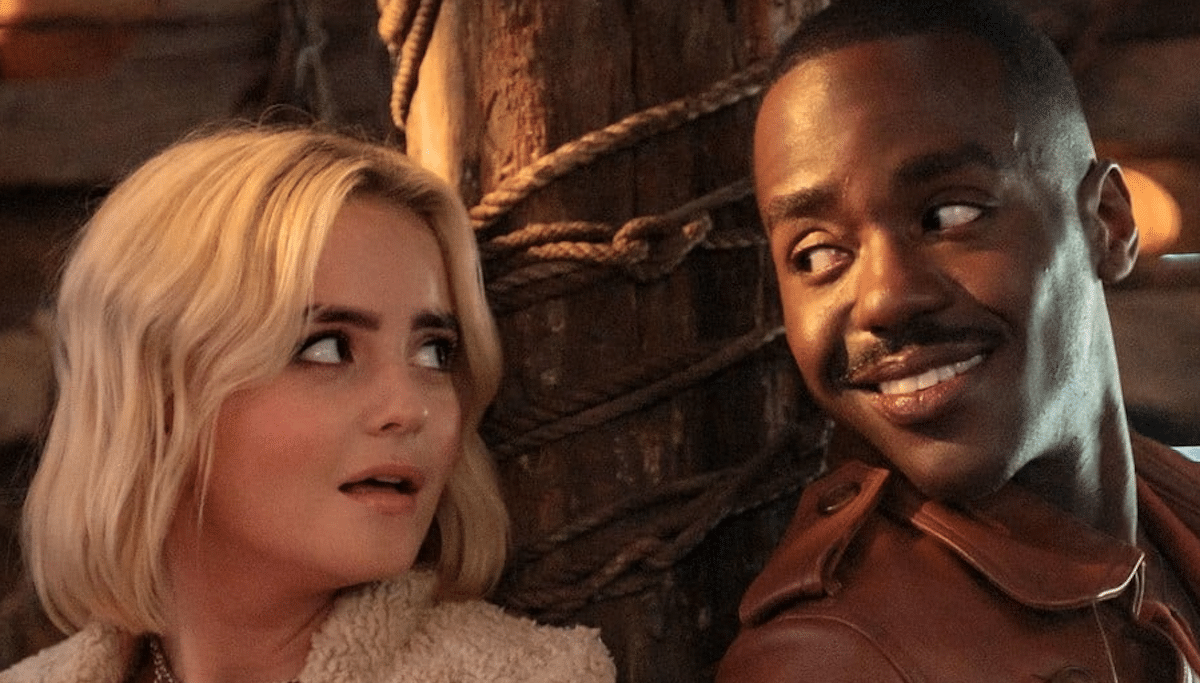Fifty Years Ago, The Beatles Conquered Americahttp://ift.tt/1bfeIMz
In the early 1960s, Rock ‘n’ Roll was in a state of flux. The popularity of bands from the 1950s had been a fad, and Elvis had been drafted. Rhythm and Blues, which had influenced the Beatles and rock music, was still an influence, and had taken over the pop charts as Motown and girl groups gained in popularity. Surf rock was also gaining in popularity, as were the experimental sounds coming from numerous garage bands. (Britain’s skiffle revival of the 1950s was similar to US garage bands. The music favored inexpensive instruments and basic levels of talent. The Quarrymen were one such group.)
By 1964, there had been a decade of rock music prominent in mainstream media, although almost every successful musician was Caucasian, to avoid “race music” prejudice from radio stations. R&B continued to be popular, if segregated, distributed in the same channels by record stores and companies. It was R&B which influenced the Beatles sound, and many of the later bands of the “British Invasion”. The ease of discovery inspired many, whether it was Radio Luxembourg with a 1300 kW transmitter aimed at Britain, or Wolfman Jack on Mexico’s XERF broadcasting at a massive 2500 kW (five times the U.S. limit), heard across North America (and in Europe and Russia at night)! Electric guitars, the backbone of rock music, were commonplace. (Les Paul and wife Mary Ford had their own television show in 1954, featuring his electric guitar playing.) Reel-to-reel tape recording was also established, if still a bit esoteric.
Take a popular band from Britain, still relatively unknown in the U. S. Add a popular Sunday variety show watched by millions. Spice it up with massive publicity, brilliant marketing, and a nation recovering from a presidential assassination. You get a shared public experience via television which would not be surpassed until July 1969. Unlike Elvis, you had four clever lads from Liverpool who were charming, innocuous (except for their haircuts), stylish, and talented. By 1966, they had quit touring and spent their time in the studio, experimenting with technology and music.
Is there a parallel with comics? There was a “British invasion” in the mid-1980s, of creators who had grown up on imported American comics but had been far enough removed to avoid societal expectations. The Direct Market allowed for specialty shops which made discovery easy. Photocopiers created numerous self-publishers, much like the garage bands which proliferate to this day. Was there an “Ed Sullivan” of the period? No, although certain publishers were known for non-superhero genres. Comics weren’t a mass medium then, although comic strips were. But strips had disowned comic books during the 1954 Senate juvenile delinquency hearings. Rock music somehow avoided that fate, even though it symbolized rebellion and hedonism, and had a much closer relationship with JD behavior.
Perhaps the rise of Marvel Comics is a parallel, mixing superhero comics with more realistic storytelling. Is Lee/Kirby similar to Lennon/McCartney? Both innovated, both are influential. Rock and R&B evolved and changed with the times, even spinning off various subgenres like punk, hip hop, heavy metal. Did superheroes?
I’ll leave you with this reading list of graphic novels and comics.
- Marvel Super Super Special #4
- Rock toons : a cartoon history of the first 30 years of rock ‘n’ roll
- The Beatles in comic strips
- Baby’s in black : Astrid Kirchherr, Stuart Sutcliffe, and the Beatles
- The fifth Beatle : the Brian Epstein story
#call_to_action h4{padding:0px 5px;}







